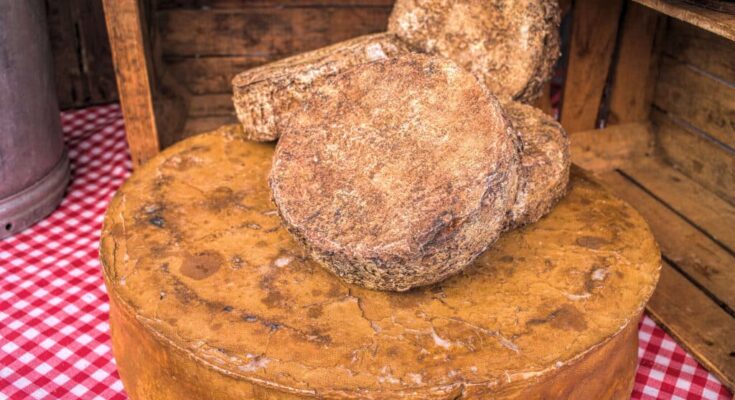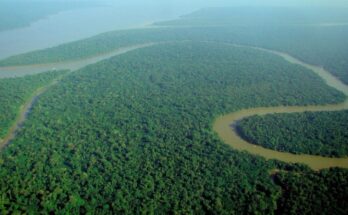
A strange white substance found on the heads and necks of mummies in China has turned out to be the world’s oldest cheese.
Scientists first found this substance about twenty years ago on mummies buried at the Xiaohe Cemetery in China’s Tarim Basin. After years of research, recent DNA tests have revealed that this mystery material is kefir cheese.
This soft, probiotic cheese was made from cow and goat milk thousands of years ago. The findings were published on September 25th in the journal Cell.
The ancient cheese contained several types of bacteria and fungi, including Lactobacillus kefiranofaciens and Pichia kudriavzevii. These are also found in today’s kefir grains.
Kefir grains are a mix of bacteria and yeast that work together to ferment milk into cheese. This process is similar to how a sourdough starter ferments bread.
World's oldest #cheese has been identified, dating back 3,600 years. #Cow and #goat DNA, as well as the bacterium #Lactobacillus kefiranofaciens, has indicated that these clumps were in fact kefir cheese, providing insight into the history and evolution of #probiotics and human… pic.twitter.com/biu44rTP77
— Professor Erwin Loh (@erwinloh) September 26, 2024
“This is the oldest known cheese sample ever discovered in the world,” said Qiaomei Fu, the study’s senior author and a paleontologist at the Institute of Vertebrate Paleontology and Paleoanthropology, part of the Chinese Academy of Sciences in Beijing. Fu explained that food items like cheese are very hard to preserve for thousands of years, making this discovery both rare and valuable.
She also noted that examining this ancient cheese closely could provide important insights into the diet and culture of our ancestors.
Evolution of probiotic cheese bacteria over 3,600 years
The researchers found that the L. kefiranofaciens grains were similar to those from Tibet. By studying the bacterial genes, they were able to track how the probiotic bacteria have changed over the past 3,600 years.
“Our observation suggests kefir culture has been maintained in Northwestern China’s Xinjiang region since the Bronze Age,” Fu explained. This allows scientists to see how a bacterium has evolved over 3,000 years.
Studying these ancient dairy products also provides a clearer understanding of how people lived and interacted with their environment long ago. However, it is still unclear why these ancient individuals were covered in cheese.
Microbes can be 10,000 times higher in fermented food
Fermented foods can have up to 10,000 times more microbes than fresh foods. Eating these foods can increase healthy bacteria, such as Lactobacillus (L. acidophilus), in your body. They also contain natural compounds that are good for your gut.
For instance, such bacteria can produce helpful compounds that support your immune system and lower the chances of infections and swelling.
Milk fermentation began around 6000 to 4000 BC in India, and people in the Mediterranean produced cheese about 7,000 years ago.
However, we don’t know much about how these methods changed over time because there are quite few records, and dairy products don’t preserve well over the years.



